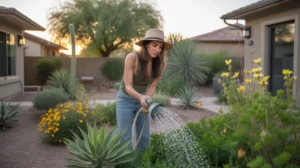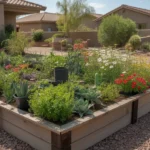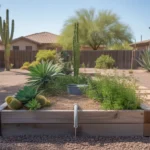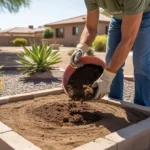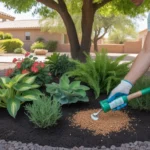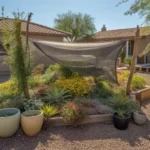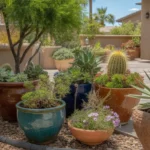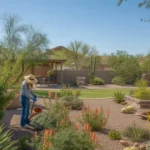Maintaining a healthy, vibrant garden through the intense Gilbert summers takes some know-how and the right daily habits. According to experienced gardeners in the area, one of the most important things you can do is establish a consistent morning care routine for your plants. With some simple steps and an early start, your garden can flourish even on the hottest days.
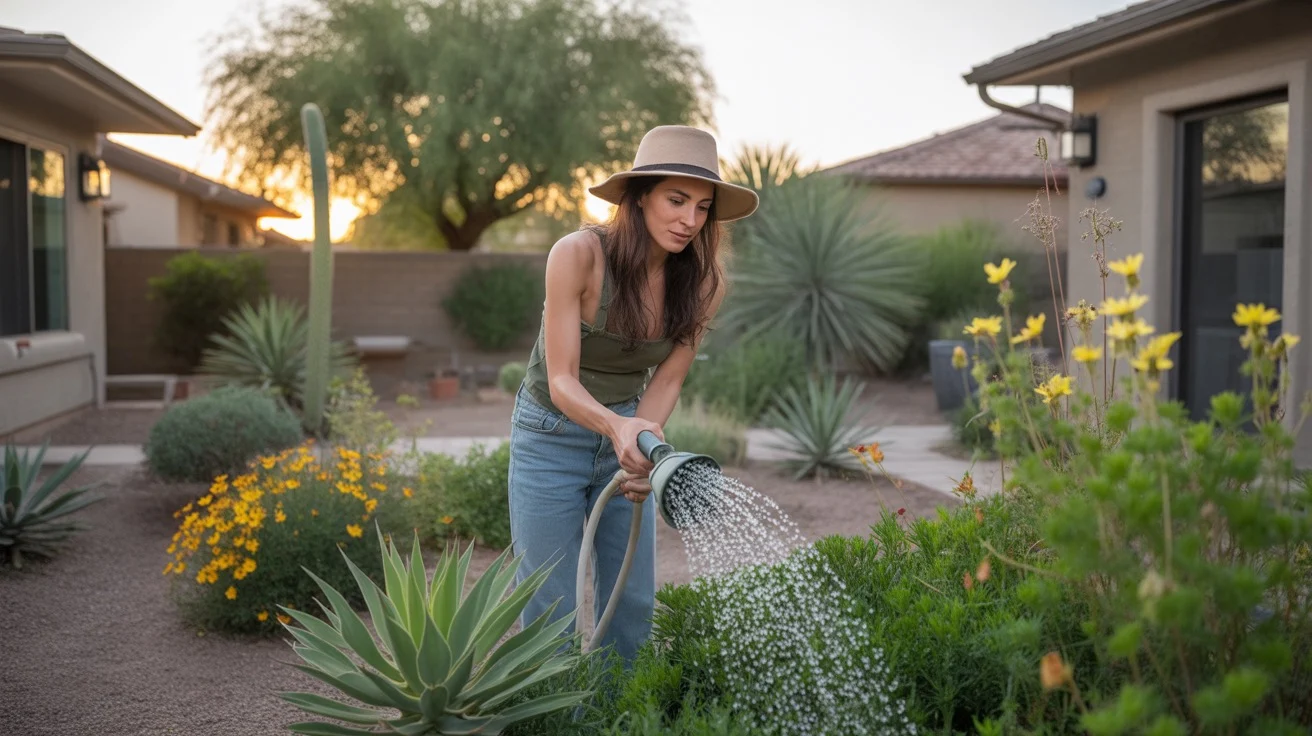
Rise and Shine: Early Morning is Key
The number one tip from Gilbert garden pros? Get an early start on your summer plant care. Aim to be out in the yard at first light, right around sunrise. There are a few key reasons why early morning is the ideal time to tend to your plants:
First, the temperatures are at their coolest in the early hours before the sun fully rises. This means less stress on both the plants and on you. Gardening in the relative cool of morning is far more pleasant and sustainable than trying to battle the midday heat.
Second, the sun is less intense early in the day. Harsh, direct sunlight can actually magnify the effects of water on plant leaves, leading to scorching. By watering before the sun is at full strength, you give the plants a chance to drink in the moisture before the heat of the day arrives.
Quench Their Thirst: Smart Summer Watering
Watering is the cornerstone of any summer plant care routine in Gilbert. But did you know there’s a right and a wrong way to water your garden? It’s not just about keeping the soil moist – how and when you water makes a big difference.
Experts recommend watering deeply and less frequently, rather than giving your plants a little splash every day. Aim to fully saturate the soil to a depth of about 6 inches. This encourages the roots to grow deeper, making the plants more resilient to heat and drought over time.
Avoid getting water on the leaves, especially later in the day. Wet foliage can lead to mold, mildew, and leaf scorch as the sun heats up. Use a watering wand to direct the flow right to the base of the plants and keep the leaves dry.
Nourish and Protect: Feeding Plants in the Heat
In addition to regular watering, Gilbert garden gurus stress the importance of proper fertilizing through the summer months. Plants are working hard to survive the heat, so they need plenty of nutrients to stay strong and healthy.
Choose a slow-release, organic fertilizer formulated for the specific plants in your garden. Follow the package directions carefully and avoid over-fertilizing, which can actually stress the plants. A little boost of nutrition every few weeks is typically plenty.
It’s also a good idea to add a layer of natural mulch around the base of your plants. A 2-3 inch layer of organic material like straw, shredded bark, or compost helps the soil retain moisture, moderates temperature fluctuations, and suppresses weeds. Just be sure to leave a few inches bare around the stem of each plant.
Pruning Pointers: Timing is Everything
While it can be tempting to give your plants a haircut in the heat of summer, Gilbert pros advise caution with pruning. Cutting back too much foliage can actually expose the plants to more heat and sun stress.
If pruning is necessary, aim to do it in the early morning hours when temperatures are lower. Focus on removing any dead, damaged, or diseased leaves and stems. If a plant is looking particularly stressed by the heat, avoid pruning more than a third of its total foliage.
For flowering plants, deadheading (removing spent blooms) can help encourage repeat flowering through the summer. Just be sure to snip carefully with clean, sharp shears to avoid damaging the healthy parts of the plant.
Keep an Eye Out: Spotting Signs of Heat Stress
Even with the best care routines, Gilbert’s intense summer heat can still take a toll on garden plants. It’s important to monitor your plants daily and know the warning signs of heat stress.
Wilting, drooping leaves are often the first indicator that a plant is struggling in the heat. If you see wilting, check the soil moisture first. The plant may simply need a deep drink of water to perk back up.
Yellowing or browning leaves can also be a sign of too much heat and sun. If a plant is looking crispy and discolored, it may need temporary shade or relocation to a cooler spot until the heat wave passes. Shade cloth or patio umbrellas can provide some welcome relief.
Choose Wisely: The Best Plants for Gilbert Summers
While good care goes a long way, some plants are simply better suited to thriving in Gilbert’s desert climate. When planning or adding to your garden, look for native and adapted species that can handle the extremes.
Some top picks from local plant pros include:
- Desert Marigold
- Yellow Bells
- Globe Mallow
- Penstemons
- Salvias
- Agave
- Yucca
- Prickly Pear Cactus
These hardy native plants have adapted to thrive in arid conditions and intense heat. With minimal care and watering, they can add beautiful color and texture to your summer garden. As one Gilbert gardener put it, “Work with nature, not against it, and your plants will thank you!”
By rising early, watering deeply, and keeping a close eye on your plants’ needs, you can keep your Gilbert garden growing strong all summer long. With the right routine and a little desert plant savvy, you’ll be rewarded with a lush, thriving yard that’s the envy of the neighborhood.

